





In this installment I?ll go through how to prune hydrangeas. Before we can do that however you need to know what species that you have. Each variety of hydrangea is pruned in a different manner. I?ll discuss the five most common species, and then we?ll go on to the pruning.
Hydrangea paniculata 'Pee Gee'
This variety is so named because of the shape of the flowers, cone shaped. Paniculata means “cone shaped”. Most of the other hydrangeas have circular shaped flowers. This is one of the larger hydrangeas, growing to height and width of 8-10 feet if left to do so; these are some of the more hardy specimens and tolerate cold very well. The plant is hardy to zone 3 but doesn’t do well in areas warmer than USDA zone 7. Produces blooms on NEW wood, stems produced during the current growing season.
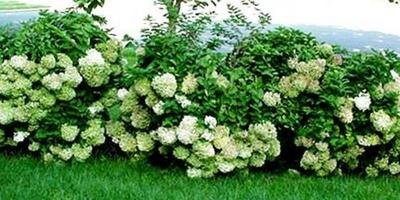
Pee Gee
Hydrangea arborescens
Commonly known as Wild Hydrangea or Smooth Hydrangea, is a species of Hydrangea native to eastern North America.
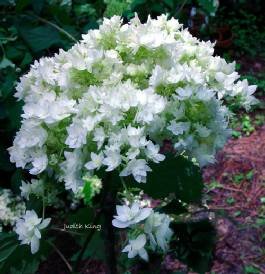
Hydrangea arborescens 'Hayes Starburst'
Grows 3-5 feet tall, 5-7 feet wide. Flowers are white often exceeding 10-12 inches in diameter. Produces blooms on NEW wood, stems produced during the current growing season.
Hydrangea macrophylla
Known as Big leaf Hydrangea, French Hydrangea, Lace cap Hydrangea, Mop head Hydrangea, and Hortensia. A new cultivar of this group is 'Endless Summer', which has been selling like hotcakes since its introduction. Grows 3-6 feet tall and 3-6 feet wide. Flowers can either be pink or blue depending on the acidity of the soil. Blooms on OLD wood; that is, stems produced the previous growing season.
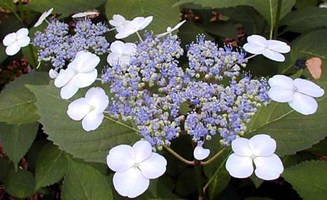
Lace Cap
Hydrangea quercifolia (Oak leaf Hydrangea)
Comes in 2 forms, single bloom and double blossom. One of the advantages of the Oak leaf is that it does much better in drier location than its cousins.
Grows 6-10 feet tall and 8-12 wide if not pruned.
Will tolerate some dryness but will not flower unless sufficient moisture is available.
Blooms on OLD wood, that is stems produced the previous growing season.
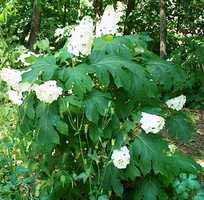
Oak Leaf
Hydrangea anomala ssp. petiolaris (Climbing Hydrangea)
Climbing Hydrangea is native to the woodlands of Japan and coastal China. The lacy, creamy-white blooms are 6 to 10" in diameter and appear in late June or early July. The blooms are actually comprised of numerous small flowers, some fertile and some sterile. The sterile flowers are larger and showier and encircle the smaller fertile flowers in the center of the bloom. The effect is unforgettable! Climbing Hydrangea is an attractive plant even when not in bloom. Climbing hydrangea can reach heights of 50 to 80 feet if it has the support of a large tree to do so.
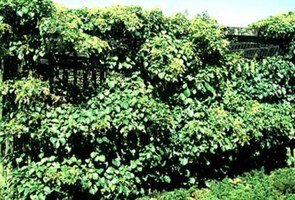
Climbing Hydrangea
Pruning Hydrangeas
Climbing and mop head hydrangeas do not have to be pruned at all. They may be pruned to keep it in bounds of their planting area. Old blooms and dead stems or branches can be removed at any time.
If you have H. macrophylla, or H. quercifolia (the Lace caps, Mop Heads, French, Big Leaf or Oak Leaf hydrangeas), prune in the summer before August. This will allow time for blooms to form for next season's flowers.
If you have arborescens or paniculata which includes cultivars such as 'Pee Gee', 'Annabelle' and 'Limelight', prune in early spring.
Pruning Summary
Make sure your pruners are sharp. Use bypass pruners only. If branches are larger than your little finger use lopers or a pruning saw.
After the plant is mature, up to 1/3 of the branches may be removed; this gives the shrub an opportunity to rejuvenate itself.
Watch for the final installment on hydrangeas in this series. I’ll cover winter protection in colder climates, how to propagate a hydrangea, and how to preserve those beautiful flowers.
Photos courtesy University of Wisconsin Extension and Daves Garden PlantFiles database.
Copyright © www.100flowers.win Botanic Garden All Rights Reserved